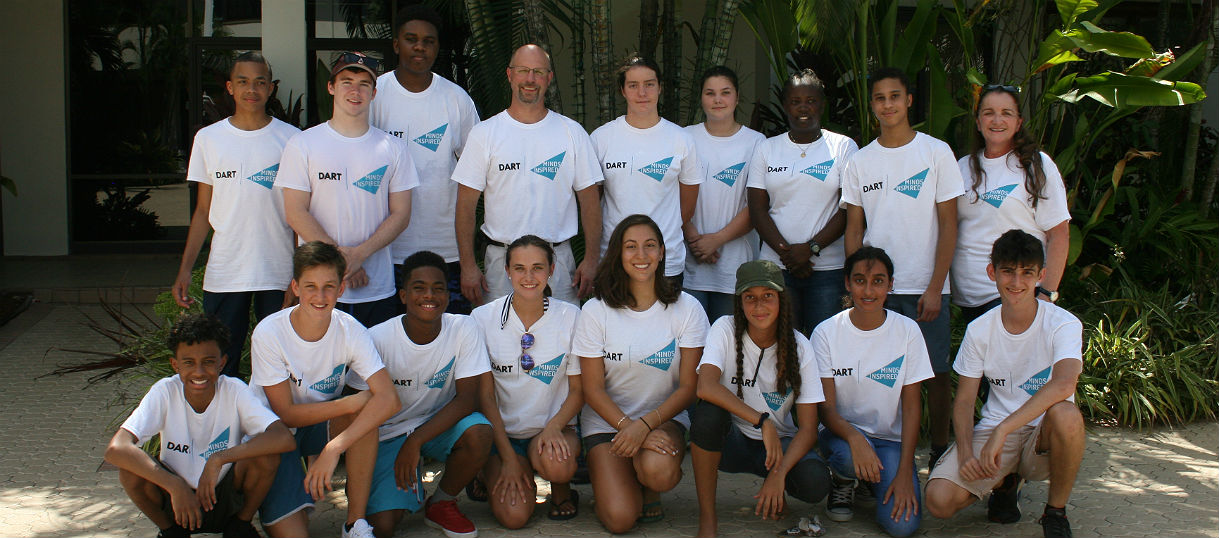Shipbuilding has always held deep intrinsic value for the Cayman Islands, once as a primary source of income and now, an emblem of our culture. Our maritime history is thoroughly documented in books, paintings, through oral tradition and even music.
Today, local teenagers are more likely to build virtual ships on their mobile devices than in real life, but a few fortunate students were able to design, build and sail their own crafts at the MI Academy Naval Architecture and Marine Engineering camp.
The Academy is produced in partnership with Webb Institute, an undergraduate naval architecture and marine engineering school. Matthew Werner, dean of Webb Institute, led the five-day programme alongside student assistants from Webb. In the classroom, the Mi Academy participants learned the basic principles of marine engineering they needed to know before designing their Remote Operated Vehicles (ROVs). Once they completed the theory and design process, the students built and tested their own bespoke ROVs.
On the final day, the students put the ROVs through a series of timed tasks to determine which was best. The tasks included transporting bricks from one side of the pool to the other, a tug of war and a race to see which ROV was fastest. “Girl Power”, an all-female team was the overall winner of the day’s challenge.
“As with all Minds Inspired programmes, Mi Academy is designed to boost student interest in STEM through applied theory and hands-on educational activities. I was amazed by how engaged the participants were and how well they translated advanced engineering concepts into operational devices”, said Glenda McTaggart, Education Programmes Manager at Dart.
Students that missed this year’s Academy can sign up for SeaPerch at their school in the coming term to learn similar marine engineering concepts and build their own ROVs. Teams from each school come together every March for the Cayman Islands SeaPerch competition where the top two teams move on to the international competition.
